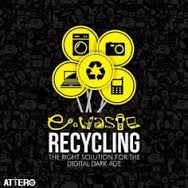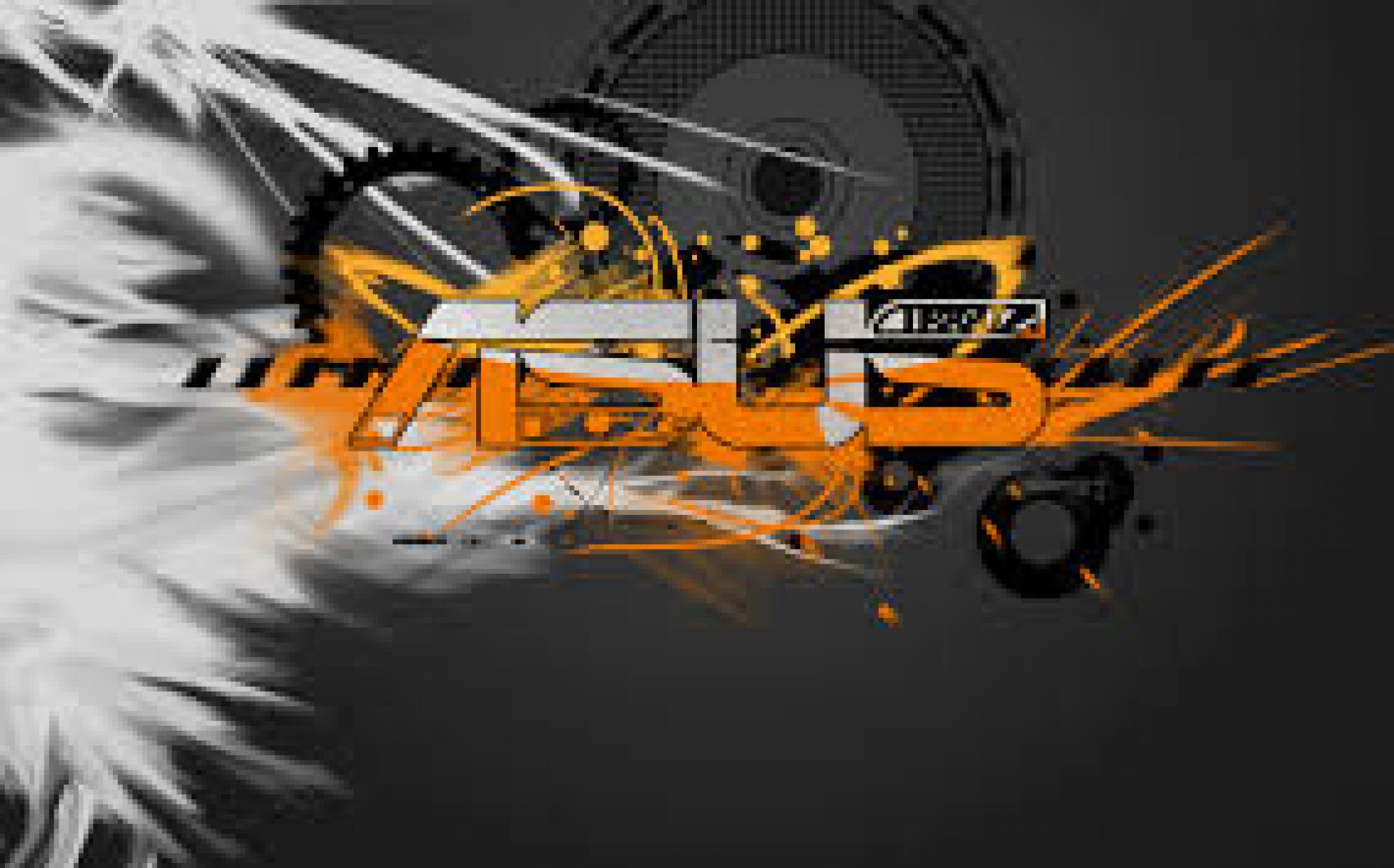
Materials that can be recycled:
Material containing
 copper: Including printer Material
copper: Including printer Material
containing and other motors, wires and cables, CRT yokes.
• Steel: Including internal computer frames, power Steel:
supply housings, printer parts, etc.
• Valuable reusable processors and chips: for resale chips:
• Other chips and connectors containing Gold for acid processing gold:
• Solder: Solder: (lead/tin base) for resale
How It Works?
If you are a resident with ASUS products in the United States, please click here. Or if you are an institutional or business customer in the United States and Canada, please click here
Your product will be reused or recycled depending on its condition and your direction to us. Recyle A PC reserves the right to decide if the product can be recycled or reused, based on its condition.
Reuse of Products

Any product that has re-use potential will go to the Jared Polis Foundation’s Computers for the Community. This non-profit organization accepts donations of used computer equipment, completely wipes all data off hard drives, reconditions and reloads operating systems, and then donates the working systems to underprivileged organizations and individuals.
Recycling of Products

Any systems that do not meet the minimum requirements for re-use will be properly recycled. This means that the products will be taken apart by hand. Materials are sorted by plastic, metal, circuit boards, wire, etc. The materials are then processed and reintroduced to the manufacturing process as raw materials.
All hard drives on systems that are recycled are shredded, ensuring data security.
Refurbishing
 Whereas recyclers use means to completely dispose of computers, computer refurbishers recondition discarded computers to get them in working order. This work is most often done by commercial refurbishers such as Dell Refurbished, IBM Refurbished, and Amandi Services. There are also noncommercial refurbishers, which are usually nonprofits or school programs.When a refurbisher receives discarded computers, it tests them, extracts useable parts from computers that are not repairable, and then fixes the ones ththat can be fixed. Generally speaking, one working computer can be built from two or three discarded machines. This is illustrated in Figure 7-3. Nonworking computers are sent to a recycler.
Whereas recyclers use means to completely dispose of computers, computer refurbishers recondition discarded computers to get them in working order. This work is most often done by commercial refurbishers such as Dell Refurbished, IBM Refurbished, and Amandi Services. There are also noncommercial refurbishers, which are usually nonprofits or school programs.When a refurbisher receives discarded computers, it tests them, extracts useable parts from computers that are not repairable, and then fixes the ones ththat can be fixed. Generally speaking, one working computer can be built from two or three discarded machines. This is illustrated in Figure 7-3. Nonworking computers are sent to a recycler.
An important part of refurbishing is wiping, or simply reformatting hard drives to remove existing data and installing the appropriate operating system. It costs about US$105 to refurbish a computer. These costs include labor, parts, and e-waste disposal.The field is broken into two parts—noncommercial refurbishers and commercial refurbishers.
Above is an example of rufurbished Asus mobile phone
Buy or lease

Here are four key benefits of leasing equipment for your business.
1.Conserve and Control Cash. Equipment leasing saves your working capital (bank lines) for day-to-day business expenses, business expansions, or unexpected business related expenses. In addition to saving your working capital, with a lease you have a pre-determined monthly line item, which can help you budget more effectively. With predictable monthly expenses you can develop long-term plans for your business with confidence and get your business set up with the equipment you need, while keeping your cash flow available for other expenditures.
2.Upgrade outdated Equipment. Depending on your business type, equipment leasing can help you stay on top of the latest advances in equipment and technology. How long do you plan to keep the asset? If you’re only planning to keep it for the short term, you may find that leasing is a better alternative than buying it and trying to resell it when you no longer need it. You can also determine the length of your lease, so if you work with technology that changes rapidly, you can take on a short lease to ensure you’re always at the cutting edge in your industry.
3.Tax Benefits.
Lease financing presents your business with potential tax benefits. In many cases, leasing not only provides businesses with a full deduction of lease payments against current earnings, but also preserves working capital that you wouldn’t have access to if you had to purchase your equipment up front. It’s always a great idea to check with your tax advisor to determine the benefits for your business.
4.More Attractive Balance Sheet. Monthly lease payments are viewed as a business expense instead of long-term debt. Having little debt on your balance sheet helps you secure financing to fund your business.
Buying
Buying equipment also comes with its own set of pros and cons. Pros include:
• Ease in comparison to leasing Rather than mess with agreements and having to return equipment at a certain date, when you buy your equipment, you go out, you buy it, and it’s yours. Lease terms can also be tricky to negotiate, and you might end up getting unfavorable terms or spending too much.
• Maintenance is up to you Leases usually require you to follow a maintenance schedule established by the leasing company. When you own the computers, you can decide when to defragement hard drives, install operating system updates, and so forth.
•Tax Deductibility.
If you buy the computers, you can write off the price from your taxes. If you lease, you can only write off the monthly cost.
There are also negatives to buying equipment:
• High initial outlay
If you buy your computers, you’ll have to spend that money up front. You may have to use a lot of your credit lines to make the purchase or dip considerably into the company coffers. That money could have been used to build the business through marketing, advertising, or something else.
You’re stuck with it With a lease,
when the lease term is over and the machines go back to the lease company, disposal becomes the company’s problem, not yours. However, when you own the computers, you have to figure out how to recycle or repurpose the machines.



